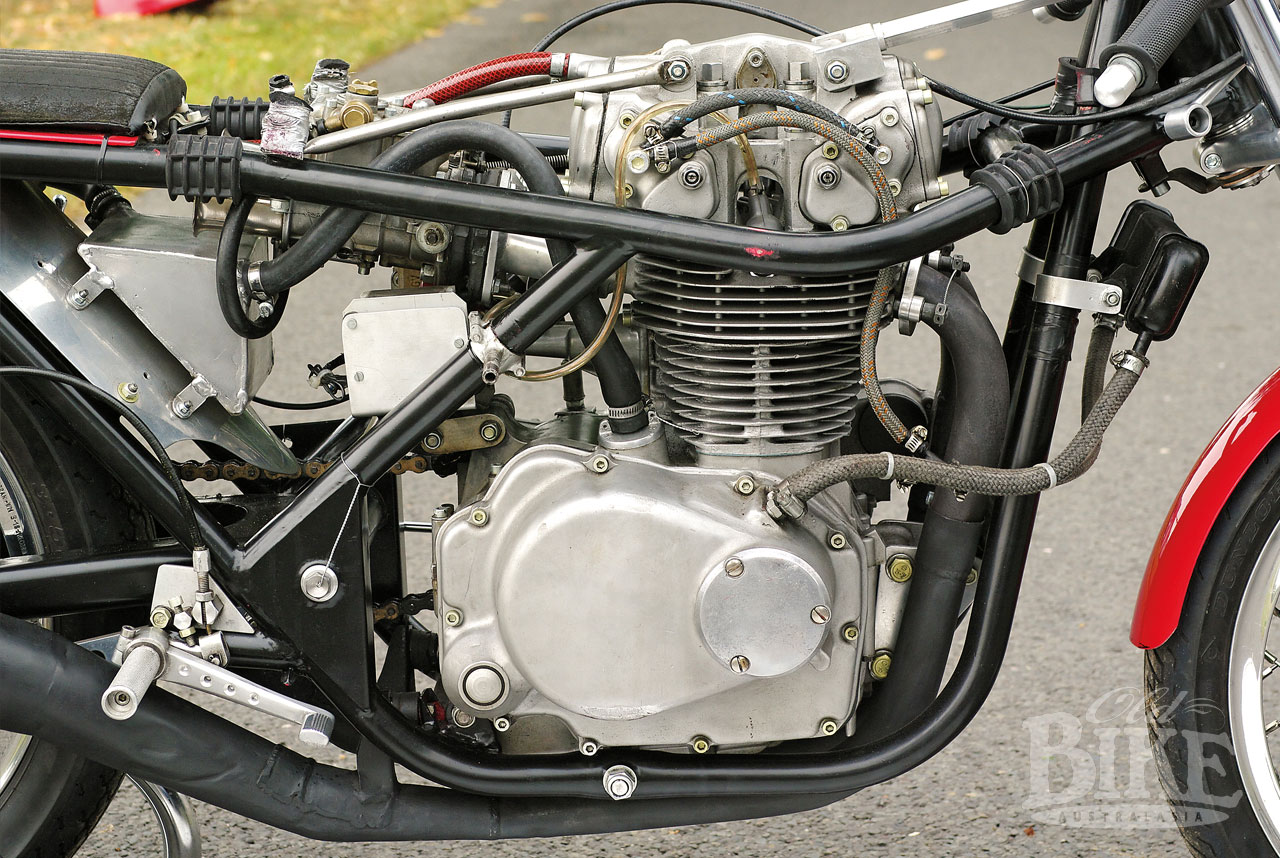Untame
Been Around the Block
Now that I am a few days into disassembly, I have to say that the 1980 Suzuki GN400 is much easier to work on. It only took me a couple hours to completely strip the Suzuki down to the frame.
Observations:
1. Much simpler design of everything. The Honda parts seem overly complicated in design and fussy in fitment. Good engineering creates simple (cheap) solutions.
2. Much stronger design. The Suzuki has larger diameter tubing in the frame, larger diameter forks, larger diameter shocks, etc. The sheet metal portion of the Honda frame is puzzling.
3. It is easier to work on a bike with less rust. Not a Honda problem.
I find myself wondering if the difference is Suzuki versus Honda or 1974 versus 1980?
What is your experience? Is Suzuki engineering just simpler and stronger than Honda? (I haven't touched Kawasaki or Yamaha for comparison.)
Observations:
1. Much simpler design of everything. The Honda parts seem overly complicated in design and fussy in fitment. Good engineering creates simple (cheap) solutions.
2. Much stronger design. The Suzuki has larger diameter tubing in the frame, larger diameter forks, larger diameter shocks, etc. The sheet metal portion of the Honda frame is puzzling.
3. It is easier to work on a bike with less rust. Not a Honda problem.
I find myself wondering if the difference is Suzuki versus Honda or 1974 versus 1980?
What is your experience? Is Suzuki engineering just simpler and stronger than Honda? (I haven't touched Kawasaki or Yamaha for comparison.)





